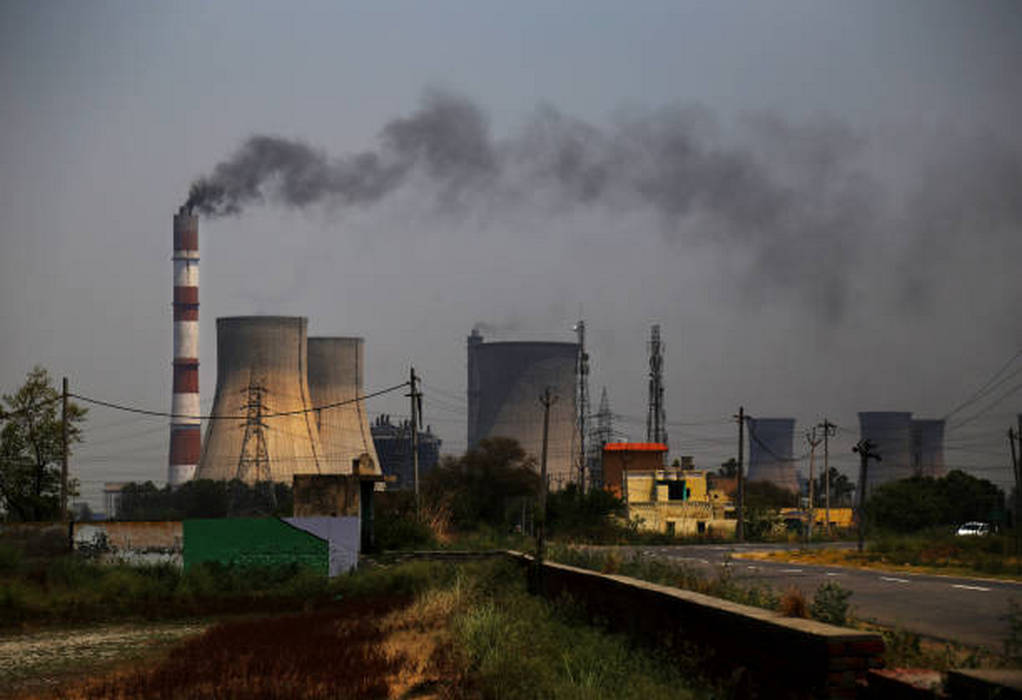Non-fossil fuel energy sources such as wind, nuclear, solar and hydropower may make up half of China’s total power generation capacity by the end of 2022, for the first time ever, the country’s electricity council has forecast.
China, the world’s biggest greenhouse gases emitter and coal consumer, is expected to add 180 gigawatts (GW) of new power generation capacity from non-fossil fuel sources during 2022, driving total non-fossil fuel capacity to 1,300 GW, according to a report issued by the China Electricity Council (CEC) late on Thursday.
That equates to half of the CEC’s forecast of total installed power generation capacity in China of 2,600 GW by the end of 2022, of which 1,140 GW would be coal-fired power capacity, the report said.
China has pledged to “control” coal consumption in the 2021-2025 period and bring total wind and solar capacity to at least 1,200 GW by the end of this decade in order to cap carbon emissions by around 2030 and reach a carbon neutrality by 2060.
The CEC earlier this month said that China’s power industry, which causes about 41% of the country’s total carbon emissions, could aim to cap its carbon emissions by 2028.
Source: https://www.eceee.org
Tags: CEC, China, Fossil Fuel, GHGs, Hydropower, Power Capacity



Recent Posts
First ship to have pioneering sensor installed to measure emissions of particles
Incat Tasmania launches world’s largest battery-electric ship
India to supply 4.12 lakh tonne green hydrogen derivatives to Japan, Singapore
Green hydrogen gets official stamp as India notifies certification scheme
Wärtsilä expands methane slip reduction capabilities by introducing NextDF technology
GS E&C, Amogy, and HD Hyundai Infracore partner with South Korean City Pohang-si
SK Incheon Petrochem Launches South Korea’s First B30 Biofuel Marine Fuel to Support Maritime Decarbonisation
JSW Infrastructure Eyes Green Hydrogen and Ammonia to Power Sustainable Port Operations